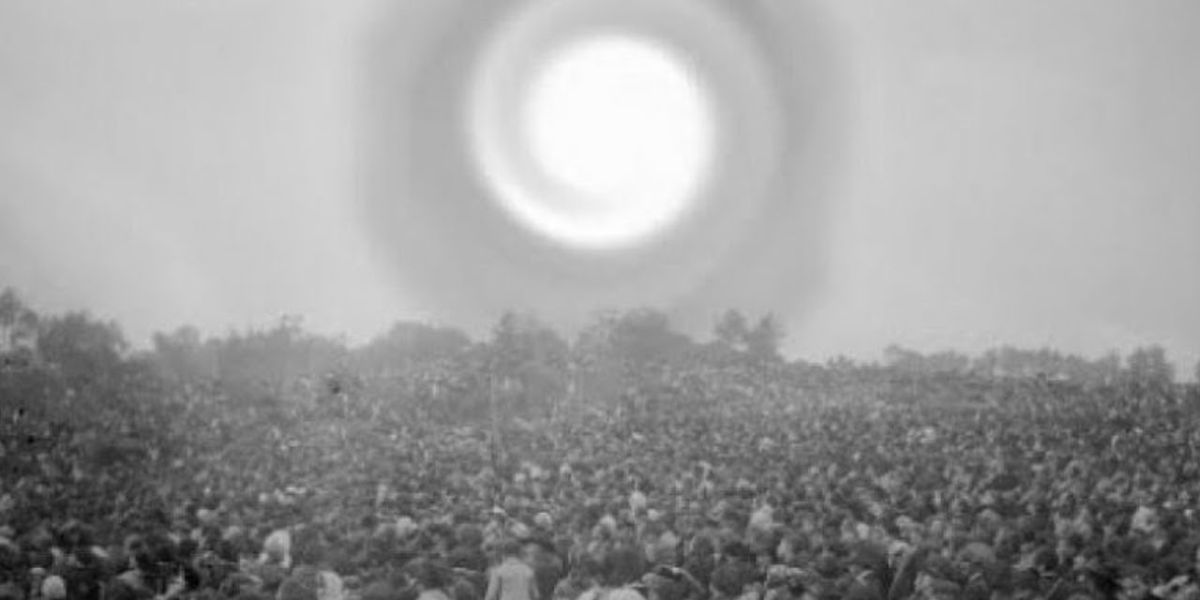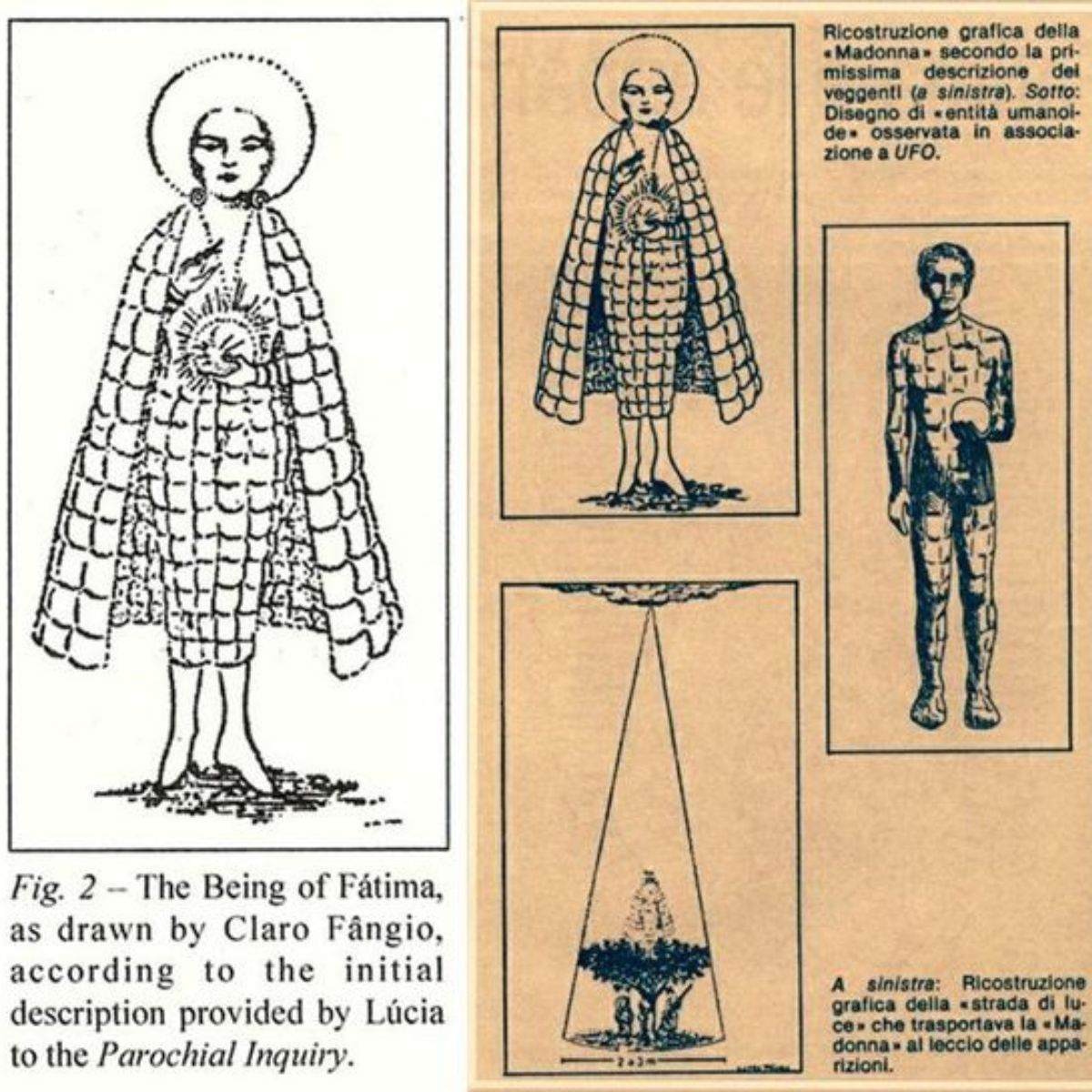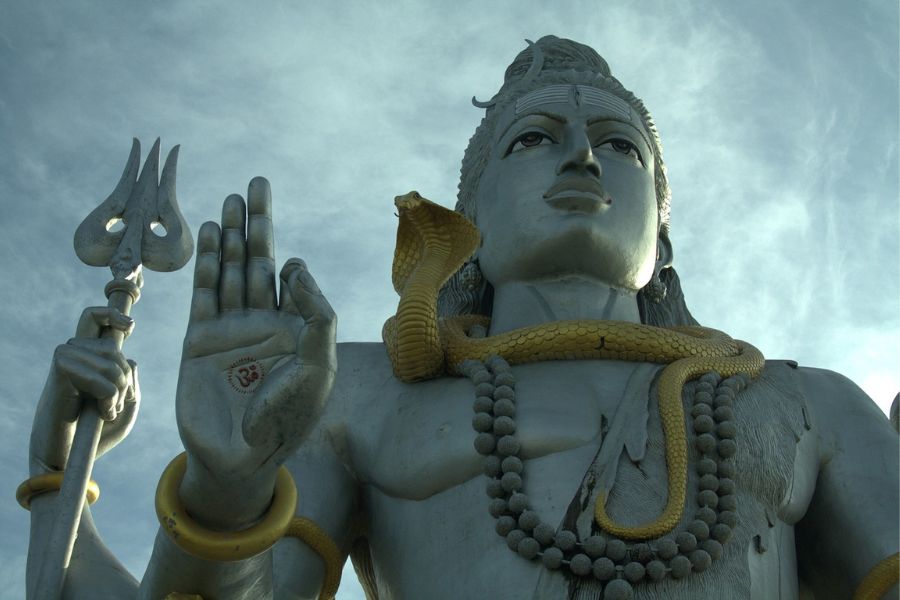The miraculous apparitions of Fátima, in Portugal, are among the most well-known religious events in the world. But what if this story needed to be rewritten?
What if what was interpreted as a divine event actually had a ufological explanation?
In 1917, Portugal was going through a turbulent period. The separation of Church and State, widespread poverty, and World War I created a scenario conducive to the emergence of beliefs in divine interventions. In this context, three children—Lúcia dos Santos (10 years old), Francisco Marto (9 years old), and Jacinta Marto (7 years old)—reported seeing an entity “brighter than the Sun” above an oak tree in Cova da Iria on May 13, 1917.
The apparitions occurred from May to October of that year. The entity, introducing itself as “the Angel of Peace,” transmitted messages and prayed with the children before disappearing. As the phenomenon became public, witnesses began reporting unusual events: thunder followed by lightning, small white clouds hovering over the oak tree, and changes in the colors of clothes, trees, and the ground. Everything culminated in the famous "Miracle of the Sun" on October 13, 1917, witnessed by around 50,000 people.

With advances in ufology studies, some questions have raised doubts about the nature of the Fátima events. Witness accounts describe the Sun as an opaque disc spinning in the sky and moving in a zigzag pattern. Some even stated that the object looked more like the Moon than the Sun.
Lúcia’s own testimony about the first apparition contains elements similar to UFO cases: "there was a flash of lightning, and suddenly the Lady appeared. A buzzing sound, like that of bees, could also be heard." Phenomena such as strange noises, sudden thunder, and absolute silence are common in UFO sightings.
The children were encouraged by the Church to draw the entity, but Lúcia described something different from the traditional image of the Virgin Mary. According to her, the apparition was about 1.20 meters (4 feet) tall, thin, holding a shining object, and wearing unusual clothing: a short white and gold skirt, white stockings, and a mantle that extended from its head to the edge of the skirt. Canon C. Barthas even admitted that "the entity did not resemble any image of Our Lady."

Another intriguing detail was the shower of white flakes witnessed in Cova da Iria. Today, this phenomenon is called "Angel Hair" and has been reported in several UFO cases. In 1959, in Évora, Portugal, fragments of this substance were analyzed and found to contain elements such as sodium, carbon, hydrogen, tin, boron, calcium, and magnesium—similar to those found in abductees' implants.
It took years for the Church to recognize the Fátima events as a religious phenomenon. Lúcia herself was removed from her community and kept in seclusion, prevented from freely sharing her experience. Over time, the story was shaped to fit Catholic standards, transforming Fátima into one of the world's largest pilgrimage sites.
Was Fátima a true miracle or an extraterrestrial contact interpreted according to the understanding of the time? Beliefs and cultural contexts influence our perception of reality, as Leonardo Boff once said: "Every point of view is the view from a point."




















